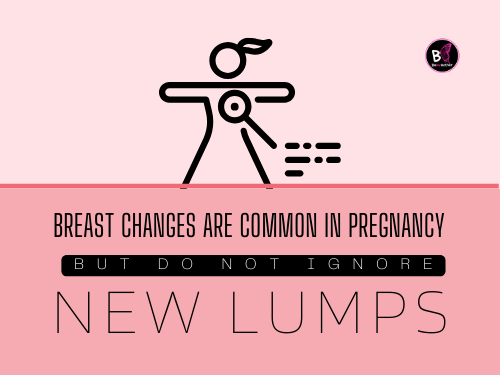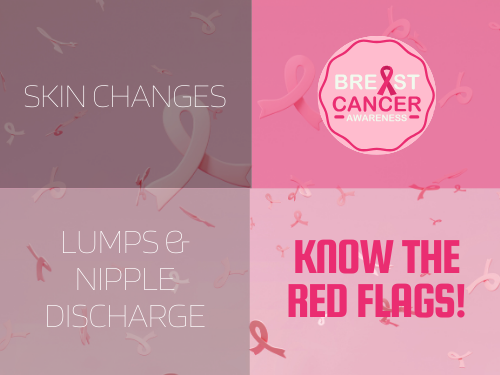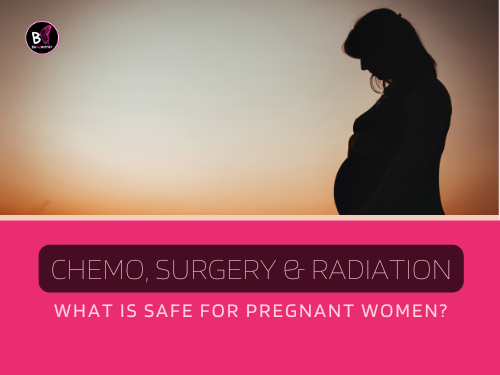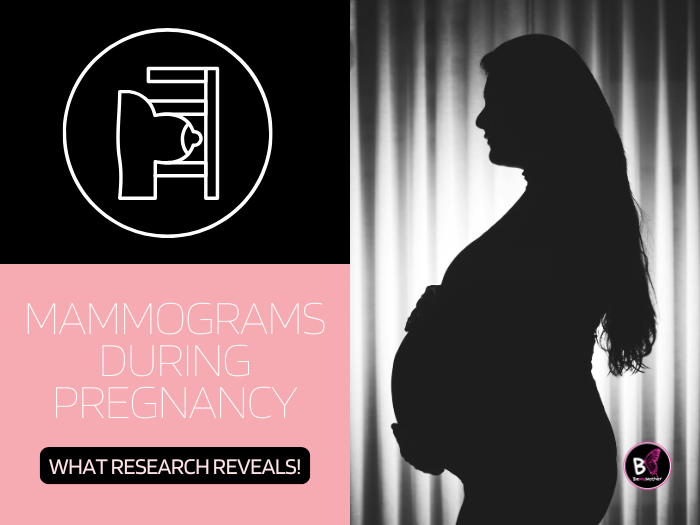Pregnancy is a time of immense joy, but it also comes with many health concerns, including breast health. If you have a history of breast lumps or abnormalities, your doctor may recommend imaging tests. However, many women wonder: Is a mammogram during pregnancy safe?
This article will explore the safety, risks, and alternatives of mammograms during pregnancy, as well as how to detect breast cancer while expecting.
1. Mammogram During Pregnancy: Is It Safe?
A mammogram is generally considered safe during pregnancy when medically necessary. However, since the procedure uses low-dose radiation, it is only recommended if the benefits outweigh the risks.
How is Radiation Minimized?
✔ A lead shield is placed over the abdomen to protect the baby.
✔ The radiation dose in a mammogram is very low and focused only on the breast tissue.
✔ If possible, alternative imaging methods like ultrasounds are used first.
🔍 Research Insight: Mammograms use a low dose of radiation, which is not expected to harm the fetus. However, it’s crucial to inform the radiologist about the pregnancy so that protective shielding can be used.
Source: Breastcancer.org
2. What Happens If You Have a Mammogram While Pregnant?
If a mammogram is required, special precautions are taken to minimize exposure. The procedure is the same as for non-pregnant women but with added radiation shielding for the abdomen.
Possible Outcomes of a Mammogram During Pregnancy
✔ Normal Results: No further action is needed.
✔ Suspicious Findings: Additional imaging (ultrasound or MRI) may be recommended.
✔ Biopsy Required: A small tissue sample is taken for testing if an abnormality is detected.
Most importantly, your doctor will carefully weigh the risks and benefits before recommending a mammogram during pregnancy.
3. Is It Normal to Have Breast Lumps During Pregnancy?

Yes! Hormonal changes during pregnancy can cause breast tissue to feel lumpier and denser. These changes are usually benign, but it’s important to have any new lump checked by a doctor.
Common Causes of Breast Lumps in Pregnancy
✔ Fibroadenomas – Noncancerous growths caused by estrogen.
✔ Cysts – Fluid-filled sacs that may enlarge due to hormonal changes.
✔ Milk-producing glands – Can feel swollen as the body prepares for breastfeeding.
🔍 Research Insight: Pregnancy increases breast density, making the detection of lumps more challenging. While most breast changes are benign, any new lump should be evaluated by a healthcare provider.
Source: Cancer.org
4. Can Pregnancy Cause Breast Lumps? Understanding Breast Density and Changes
During pregnancy, hormones like estrogen and progesterone cause breast tissue to thicken, making it harder to detect abnormalities through a mammogram.
| Breast Changes | Cause | Impact on Mammogram |
| Increased breast density | Hormonal fluctuations | Can obscure small tumors |
| Swelling & tenderness | Milk gland expansion | May cause discomfort |
| Lump formation | Fibroadenomas, cysts | Often benign but needs evaluation |
Due to these density changes, ultrasound is usually the first choice for imaging during pregnancy.
💡 Related Article: Pregnancy can bring unexpected aches, including tailbone pain. If you’re experiencing discomfort, discover expert advice in Tailbone Hurting During Pregnancy? 9 Must-Know Facts and Expert Tips to help manage and relieve pain safely.
5. Alternatives to Mammograms During Pregnancy: Safe Diagnostic Options
If breast cancer screening is needed during pregnancy, alternative imaging techniques are often recommended.
✔ Ultrasound – First-line imaging choice; no radiation exposure.
✔ MRI (without contrast dye) – Used in certain cases but only when necessary.
✔ Clinical breast exams – Regular monitoring by a healthcare provider.
🔍 Research Insight: Ultrasound is preferred over mammograms during pregnancy as it has greater sensitivity in detecting breast abnormalities and does not involve radiation exposure.
Source: RSNA.org
💡 Related Article: Worried about safe imaging options during pregnancy? Explore How Many Sonograms During Pregnancy? 9 Reassuring Facts Every Mother Should Know to understand alternative diagnostic tools that prioritize both accuracy and your baby’s well-being.
6. Breast Cancer During Pregnancy: Symptoms and Early Detection

Although rare, breast cancer can develop during pregnancy. Since pregnancy increases breast density, early detection can be challenging.
Signs of Breast Cancer During Pregnancy
✔ A new, persistent lump that doesn’t shrink.
✔ Skin changes (dimpling, redness, or irritation).
✔ Unusual nipple discharge (not related to breastfeeding).
🔍 Research Insight: If a lump is detected during pregnancy, a diagnostic mammogram and/or breast ultrasound may be performed to aid in early detection.
Source: Komen.org
7. Can Pregnancy Increase Cancer Risk? Exploring the Connection
How Pregnancy Affects Breast Cancer Risk | Dr. Shefali Sardana | Max Hospital, Saket
Pregnancy does not directly cause breast cancer, but hormonal changes can influence its development in women who are already at risk.
How Pregnancy Affects Breast Cancer Risk
✔ Short-term risk increase: Estrogen surges can accelerate pre-existing tumors.
✔ Long-term protective effect: Pregnancy lowers lifetime breast cancer risk due to reduced menstrual cycles.
Pregnant women should monitor their breast health and report any concerns immediately to their doctor.
8. Breast Biopsy During Pregnancy: What You Need to Know
If a suspicious lump is found, a breast biopsy may be needed. Fortunately, biopsies are safe during pregnancy and can be performed in different ways.
✔ Fine Needle Aspiration (FNA): Removes fluid from a lump with a small needle.
✔ Core Needle Biopsy: Extract a tissue sample for further testing.
Most breast biopsies do not require radiation and are considered safe for the baby.
9. Cancer Symptoms While Pregnant: What to Watch For
Signs of Cancer That Shouldn’t Be Ignored
✔ A lump in the breast, underarm, or neck.
✔ Sudden, unexplained weight loss.
✔ Persistent fatigue or nausea (beyond typical pregnancy symptoms).
Early detection is key to improving treatment outcomes for both mother and baby.
10. Treating Cancer During Pregnancy: What Are the Options?

Treatment options depend on how far along the pregnancy is and the cancer stage.
✔ Surgery – Safe in most cases, especially lumpectomy or mastectomy.
✔ Chemotherapy – Can be used in the second and third trimesters but avoided in the first trimester.
✔ Radiation therapy – Typically postponed until after childbirth.
Doctors develop personalized treatment plans to ensure both mother and baby remain safe.
💡 Related Article: Looking for natural ways to prepare for labor? Explore the benefits of Pregnancy Induction Massage: 10 Key Insights for Natural Labor Stimulation and how it may support a smoother delivery.
11. How Soon After Pregnancy Can You Get a Mammogram?
Medical professionals generally advise waiting between 6 to 12 months after pregnancy before undergoing a mammogram. This delay is recommended because breastfeeding and postpartum hormonal changes can increase breast density, making it more challenging to obtain clear and accurate imaging results.
✔ If a woman experiences unusual symptoms, such as lumps, pain, or discharge, alternative imaging methods like ultrasound or MRI may be used for evaluation.
✔ For those with a higher risk of breast cancer due to genetic factors or personal history, consulting a doctor about earlier screening options is essential to ensure timely detection and care.
FAQ Section: Answering Common Concerns
Q1: Is it OK to have a mammogram during pregnancy?
A1: Mammograms are generally avoided during pregnancy unless medically necessary. If required, a protective shield is used to minimize radiation exposure.
Q2: What happens if you get a mammogram and didn’t know you were pregnant?
A2: The radiation exposure from a mammogram is very low. If you had one before knowing you were pregnant, consult your doctor for reassurance and any necessary follow-up.
Q3: Can ovarian cancer be seen on a pregnancy ultrasound?
A3: Some ovarian cancers may be detected on an ultrasound, but additional imaging and tests are needed for a confirmed diagnosis.
Q4: Does pregnancy affect breast density and mammogram results?
A4: Yes, pregnancy increases breast density, which can make mammograms less effective. That’s why doctors often recommend ultrasounds for breast screening during pregnancy.
Q5: Can a gynecologist detect cervical cancer during pregnancy?
A5: Yes, routine pap smears and pelvic exams can help detect early signs of cervical cancer while pregnant.
Q6: What are the symptoms of cancer in pregnancy?
A6: Symptoms vary but may include unexplained lumps, abnormal bleeding, severe fatigue, or persistent pain. If you notice any unusual symptoms, consult your doctor.
Q7: Can pregnancy increase cancer risk?
A7: Pregnancy itself does not cause cancer, but hormonal changes can influence the growth of existing conditions.
Q8: Is a mammogram painful?
A8: Some women experience discomfort due to breast compression, but the procedure is quick and usually tolerable.
Q9: What happens if a mammogram result is positive?
A9: A positive result means further testing, such as a biopsy or MRI, is needed to determine if cancer is present.
Q10: When should you avoid having a mammogram?
A10: Mammograms are typically avoided during pregnancy and breastfeeding because increased breast density can affect accuracy.
Conclusion
While mammograms during pregnancy are generally avoided, they can be safely performed if necessary with proper precautions. Ultrasounds and MRIs are preferred alternatives due to their radiation-free nature. Consult your doctor immediately if you notice unusual lumps, skin changes, or symptoms.
Breast health is essential—even during pregnancy. If you have concerns, schedule a check-up to ensure peace of mind for both you and your baby.
💡 Related Article: Need dental work while pregnant? Find out everything you should know in Can You Have a Root Canal During Pregnancy? 8 Expert Tips for Safe Dental Care to ensure you make the best choice for oral and prenatal health.



